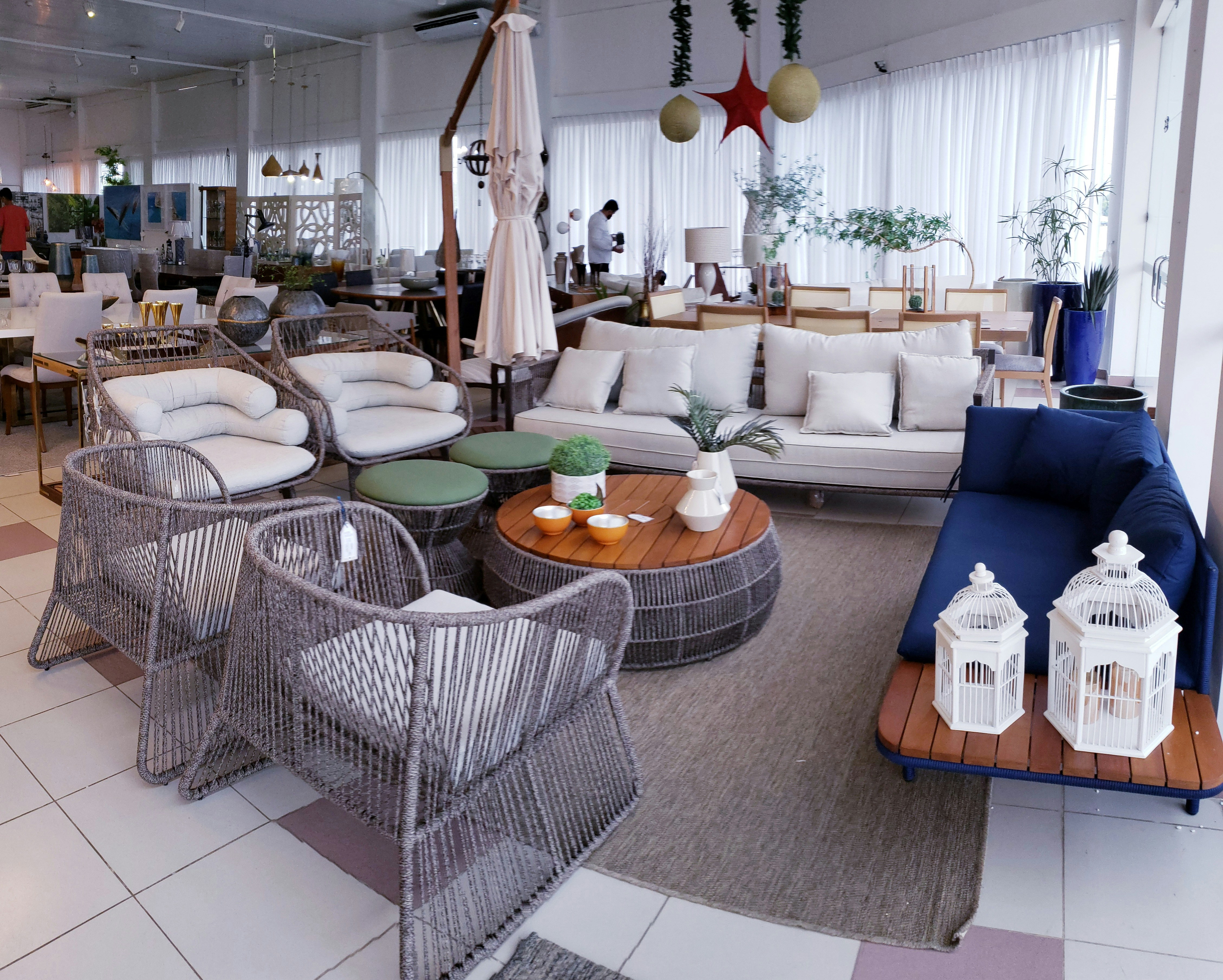(+0086)18913092838
Introduction to Acrylic Awning Fabric
Acrylic awning fabric serves as a versatile and durable choice for those seeking to enhance outdoor spaces, whether in residential or commercial settings. This fabric is woven from synthetic fibers, primarily made of polyacrylonitrile, which contributes to its remarkable strength and longevity. The unique composition of acrylic fabric allows for vibrant color retention while resisting fading over time, ensuring that awnings maintain their aesthetic appeal even after prolonged exposure to sunlight.
One of the primary characteristics that make acrylic awning fabric a preferred material is its inherent water resistance. The fibers are treated to repel water, which helps to prevent mildew and mold growth. This quality not only extends the life of the awning but also reduces maintenance efforts for property owners. Furthermore, the fabric’s breathable nature allows for improved airflow, minimizing heat buildup under the awning while providing a comfortable shaded area.
Another significant feature of acrylic awning fabric is its exceptional UV protection. The fabric is engineered to block harmful ultraviolet rays, safeguarding both individuals beneath the structure and the underlying surfaces from potential damage caused by sun exposure. This attribute is particularly beneficial in areas with intense sunlight, as it helps to create a cooler ambiance while promoting energy efficiency in buildings.
The versatility of acrylic awning fabric is evident in its numerous applications. From charming residential patios and decks to grand commercial storefronts, this material not only enhances visual appeal but also serves functional purposes, such as providing shelter and privacy. Its range of colors and patterns allows users to select an aesthetic that complements their design vision, making it a popular choice across various settings.
Advantages of Using Acrylic Awning Fabric
Acrylic awning fabric is increasingly recognized for its superior features that make it a standout choice in outdoor applications. One of the primary advantages of acrylic fabric is its impressive longevity. Unlike other materials, such as vinyl and canvas, acrylic fabric is inherently durable, standing up to the elements without significant wear over time. Its resistance to fading ensures that colors remain vibrant even after prolonged exposure to sunlight, making it an ideal option for outdoor awnings that need to endure harsh weather conditions.
Another noteworthy benefit of acrylic awning fabric is its exceptional resistance to mold and mildew. Unlike its canvas counterparts, which can absorb moisture and promote the growth of mold, acrylic fabric is designed to repel water. This characteristic not only helps maintain a clean and aesthetically pleasing surface but also contributes to the overall longevity of the fabric. As a result, property owners can enjoy their awnings for many years without the frequent need for replacement.
Maintenance is another area where acrylic awning fabric excels. Its smooth surface allows for easy cleaning, with most dirt and debris easily wiped away with a damp cloth. This ease of maintenance, contrasted with the more labor-intensive care required for canvas awnings, makes acrylic a practical choice for busy homeowners and businesses alike. This fabric is also available in a wide variety of colors and patterns, enabling users to customize their outdoor spaces easily. Overall, acrylic awning fabric combines longevity, aesthetic appeal, and low maintenance, distinguishing it from other common materials used for outdoor applications. This unique blend of advantages frequently positions acrylic fabric as the preferred choice for awnings, ensuring satisfaction for those looking to enhance their outdoor environments.
Design Options and Customization
Acrylic awning fabric presents an impressive array of design options that cater to various aesthetic preferences and functional requirements. One of the primary advantages of acrylic fabric is its extensive color palette. Homeowners and businesses can choose from countless shades, allowing for seamless integration with existing architecture and design elements. Whether opting for vibrant hues to create a bold statement or subtle tones for a more understated elegance, the flexibility in color selection can significantly enhance the overall visual appeal of a property.
In addition to color, acrylic awning fabrics are available in various patterns and designs. From classic stripes to contemporary geometric patterns, the choices are nearly limitless. This variety enables users to personalize their awning to match the architectural style of their property or convey a specific mood. For instance, a quaint café may choose cheerful floral patterns to evoke a warm and inviting atmosphere, while a corporate office might lean towards sleek, modern designs that reflect professionalism.
Customization transcends mere aesthetic considerations; it also addresses branding needs for businesses. Companies can incorporate logos and specific branding colors into their awning designs, effectively turning their awnings into marketing tools. An eye-catching awning not only provides protection from the elements but also plays a vital role in attracting potential customers. For example, popular retail stores have successfully utilized unique awning designs to create memorable storefronts, thereby enhancing customer engagement.
Successful implementations of acrylic awning fabrics can be seen in various case studies. A notable example includes a local restaurant that revamped its outdoor seating area with brightly colored acrylic awnings featuring striped patterns, which led to increased foot traffic and an inviting atmosphere. This demonstrates how thoughtful design choices can lead to functional benefits, enhancing both aesthetic value and customer experience.
Care and Maintenance of Acrylic Awning Fabric
Proper care and maintenance of acrylic awning fabric are essential to ensure its longevity, appearance, and overall durability. Regular maintenance not only enhances the aesthetic appeal of the awnings but also helps prevent issues that may arise from neglect. One of the primary responsibilities of maintaining acrylic awnings is establishing a systematic cleaning regimen. It is recommended to clean the fabric at least twice a year, preferably before the onset of harsh weather conditions. Using a mild soap solution and a soft brush or sponge can effectively remove dirt, dust, and algae without damaging the fabric. Rinse thoroughly with water to avoid any soap residue, which could attract further dirt.
During off-season periods, proper storage of your awnings is crucial. If possible, remove the awning fabric from its frame and store it in a cool, dry place away from direct sunlight to prevent fading. By utilizing protective covers specifically designed for outdoor fabrics, one can shield the awning from dust and moisture, further reducing the risk of mold or mildew development.
In addressing common issues, such as stains, it is important to act swiftly. Most stains, including those from food, beverages, or tree sap, can be effectively treated by using a specialized acrylic cleaner. Always test the cleaner on a small, inconspicuous area first to ensure compatibility with the fabric. For stubborn spots, a mixture of water and white vinegar may be employed, followed by thorough rinsing.
Ultimately, regular maintenance of acrylic awning fabric is crucial in prolonging its lifespan and maintaining its functionality. By following these care guidelines, homeowners can ensure their awnings continue to provide the desired shelter and aesthetic enhancement for years to come.

